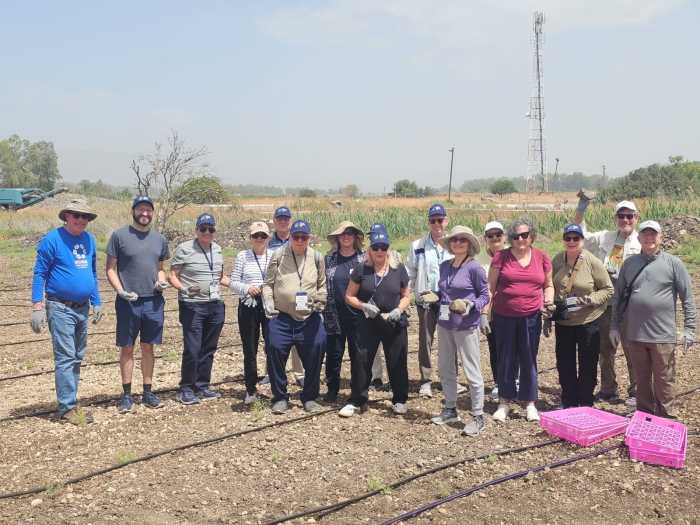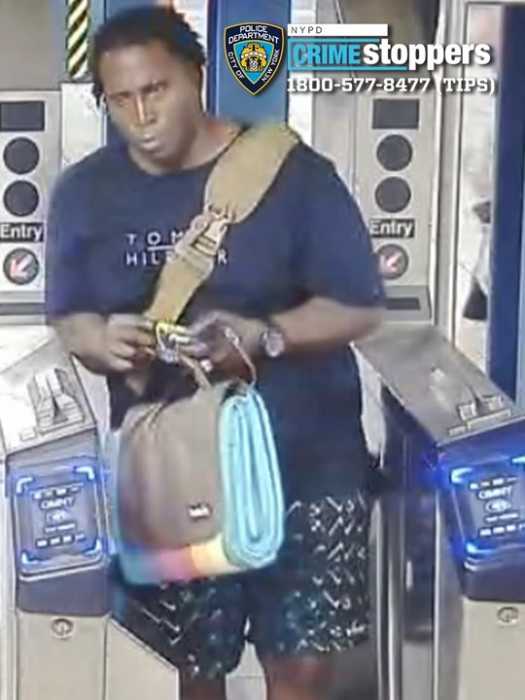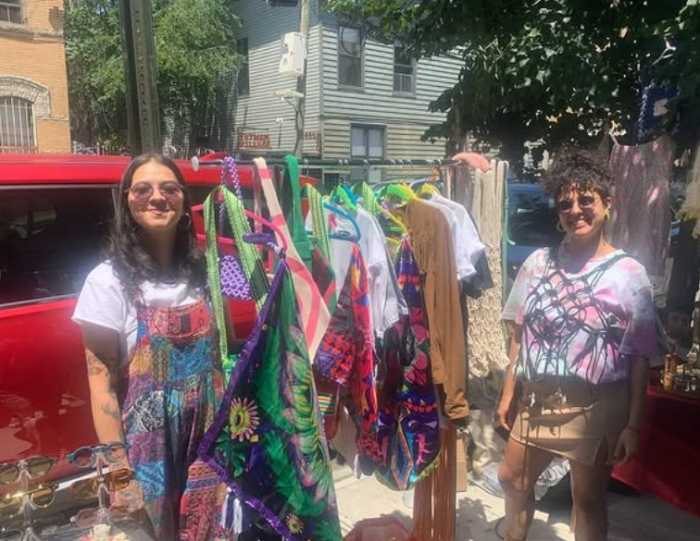83 Pct. Hears Concerns From Locals Of All Ages
Residents of all ages packed the 83rd Precinct stationhouse in Bushwick for a special meeting of the 83rd Precinct Community Council last Tuesday, June 19 focusing on the interaction between cops and the community, with a particular emphasis on the city’s controversial “stop-and-frisk” program.

Officers from the 83rd Precinct “mirror the community that they serve,” Deputy Inspector Anthony Tasso, the precinct’s commander, told the crowd, and that is reflected in the varying attitudes toward stop-andfrisk: “Some people love it, some people hate it.”
“It’s a tool that the Police Department uses,” he added, “and it’s been effective at driving crime down and arresting perpetrators-and driving the violence down, too.”
Tasso also claimed that the “negative interactions” police officers deal with on an everyday basis can color a cop’s attitude toward the public when stopping a resident.
“Unfortunately, the police officers don’t have a crystal ball,” he said. “We might stop the wrong person. It happens and it’s going to happen.”
“It’s okay for the police officer to apologize for the stop,” he later added. “That goes a long way, explaining to the person why they were stopped.”
Det. Dean Elmore, who works in the NYPD’s Community Affairs Bureau but previously worked for 16 years at the neighboring 73rd Precinct, then relayed tales of his time patrolling Brownsville, which he claimed made Bushwick look like “a country club” in comparison.
“Let me tell you, in Brownsville, the numbers [of residents subjected to stop-and-frisk] are doubled from here,” he added. “The reason why is because of the amount of murders that transpire.”
Since 2005, he added, “those who are committing the murders are 15-, 16- and 17-year-olds. Why? Because they feel they’re not going to get hit with hard sentences. And I can tell you that it’s not the truth.”
Being ‘particular’
Part of the reason for the stopand frisk policy, he noted, is that “our youth all tend to dress alike.”
In his time in Brownsville-a period where the prevailing style included black boots and white T-shirts-when a description of a suspect came over the radio, officers would have to stop everyone fitting that description.
“We want you to be particular with the descriptions,” he told the crowd, “and the only way you can be particular with the descriptions is to come out to your Community Council meetings and ask the Community Affairs officers or your [commanding officer], ‘what do you mean by being particular?’ Because if you’re not particular, almost everybody is being stopped.”
As an example, he relayed the story of A.J., a 17-year-old who was shot by a .22-caliber bullet that “ricocheted throughout his body.”
Elmore, who knew the teen, came to the scene and realized that he was not going to live. The officer asked A.J. who the shooter was. The teen refused, asking to be sent to the hospital.
“His friends were standing right there. They saw the killers,” Elmore told the crowd. “You know what they said? Not a word.”
Eventually, Elmore found a witness who gave him information about the shooting.
“The two guys that killed A.J. shot him because one of his friends shot one of his cousins over a girl,” Elmore said. “A.J. wasn’t even there.”
“I truly believe if the community came out,” he stated, “stop-questionand frisk would ease up.”
Community reaction
Robert Camacho, a member of Community Board 4, told Elmore that his issue with stop-and-frisk is when the officer refuses to identify themselves, leaving residents no recourse if they act poorly.
“Give me a description, give me a time, give me a location and where they are, and I’ll find the officers,” Elmore replied.
If a resident has any issue with a police officer, Elmore advised them to call 311 and provide a description of the officers. Repeated complaints of an officer with the same description will prompt an investigation from the Civilian Complaint Review Board that could bring repercussions.
“You don’t know what a repercussion is,” he added. “An officer having his badge taking away from him, sitting in another precinct … for months not knowing what is going to happen.”
He added that “you wouldn’t know how many officers get fired, because that’s not public knowledge.”
In response to a resident’s concerns, Tasso noted that while officers are not required to tell a resident why they are being stopped, the reasons can range from a man fitting the description of a crime suspect to a patrol of an area where a robbery was recently committed.
Patria Frias-Colón, the New York City Law Department bureau chief for Brooklyn, told the crowd that she is responsible for prosecuting juvenile offenses.
“There is a lot of serious crimes being committed by our juvenile delinquency population,” she warned, adding that the 83rd Precinct has seen “a lot of gun cases” involving minors.
“Bushwick is burning with the guns,” she said. “A lot of kids are basically walking around with loaded guns for protection, or they’re part of a crew.”
The other serious crimes involving juveniles in the area are felony assaults and robberies, particularly targeting other youngsters as well as seniors.
She urged Bushwick residents to “step up” and cooperate with police investigations of crimes in the area.
She added that she attempts to steer young criminals toward rehabilitative services whenever possible.
One resident complained of an incident that took place around Bushwick High School Campus playground on Irving Avenue, where he was stopped by officers while playing basketball and asked for his ID. He also claimed that the officers, finding liquor bottles nearby, also gave him a summons for drinking in public, even though the bottles allegedly came not from him but from his fellow players.
“The particular park that you just mentioned? It’s a hot spot for our precinct right now,” P.O. Damarys Franco responded.
She urged all residents to “always carry ID and be careful in that playground.”
Other crime news
The command is still “experiencing an increase” in crime, according to Tasso, but it seems “to be leveling off.”
The 83rd Precinct is up 6.7 percent over the past 28 days and 14 percent for the year.
Driving the rise in the precinct- and the city as a whole-are property crimes, such as burglaries and larcenies. Tasso noted that thefts of iPhones and other electronics in particular have become so lucrative that drug dealers have abandoned the narcotics trade in favor of the crime.
On a more positive note, Tasso told the crowd that “we’ve seen a decrease in the violence,” with murder rates dropping over the past 28 days and throughout the year.
There have been three shooting incidents over the past 28 days, as opposed to seven during the same period in 2011. The incidents occurred “in the southern end of the precinct,” at Weirfield Street, at Bushwick Avenue and Aberdeen Street, and at Bushwick Avenue and Covert Street-and the 83rd Precinct has increased patrols in the area to compensate.
Some residents expressed concern over being stopped as part of a vehicle security checkpoint on Knickerbocker Avenue,
P.O. Stacy Cubells, who is being transferred to the 83rd Precinct’s Community Affairs Unit, explained that the precinct’s protocol is to stop a certain percentage of vehicles, such as every third car.
The 83rd Precinct Council will next meet in September.


































